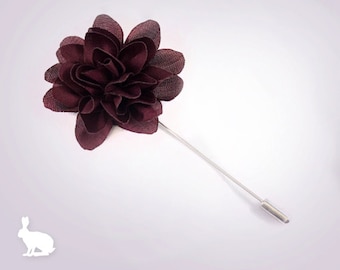

Decorative palmettes, sphinxes, winged-solar disks, and column motifs are frequently used in such Phoenician relief sculpture. This and other types of grave markers and stelae were a popular medium for Phoenician sculptors. It has two columns creating a central space in which sat two sphinxes and is topped by a winged sun disk. Stone relief carvings include the important aedicule (small shrine) from Sidon which represents a monument-type much-copied by later Carthaginian sculptors. One notable piece is the torso from Sarafand (Sarepta) which dates to the 6th century BCE and depicts a male in pleated skirt and belt, wearing a crescent moon pendant.

Surviving examples of large-scale Phoenician sculpture in stone are few and far between, probably because any stone worthy of sculpture had to be imported and so the artform was not as popular as in other cultures.


 0 kommentar(er)
0 kommentar(er)
